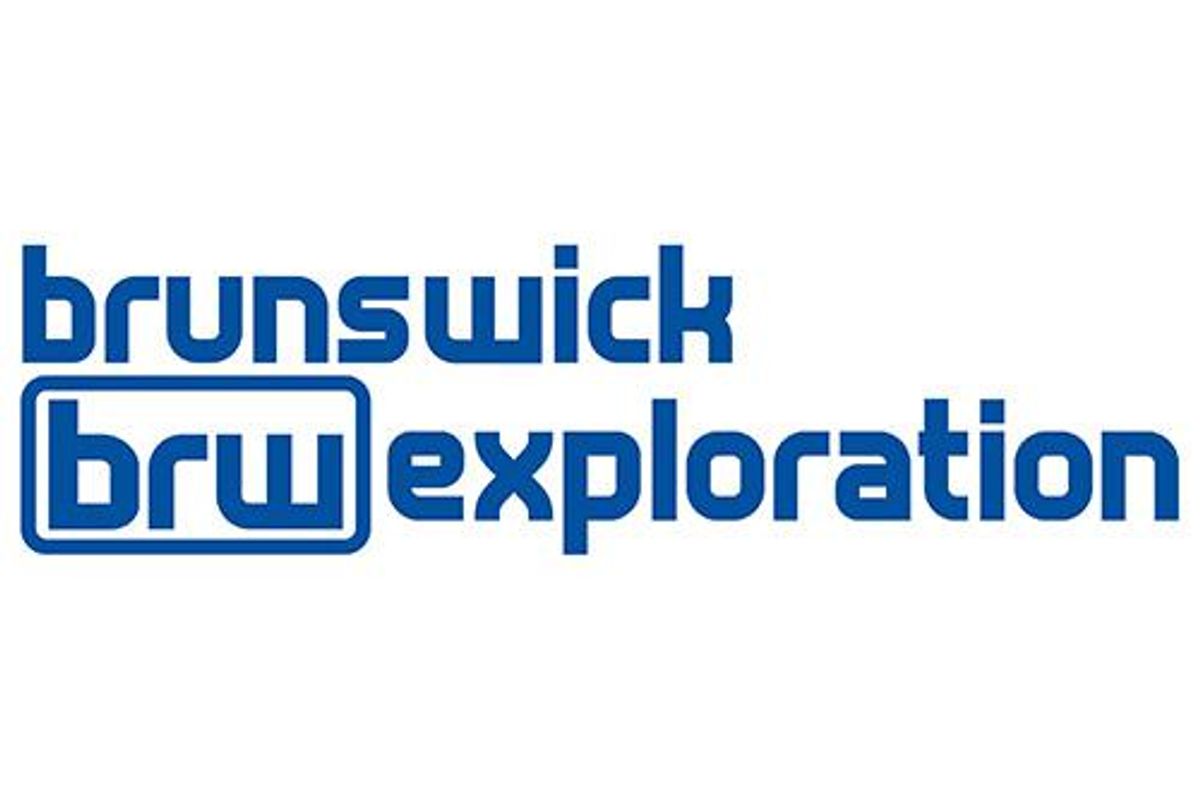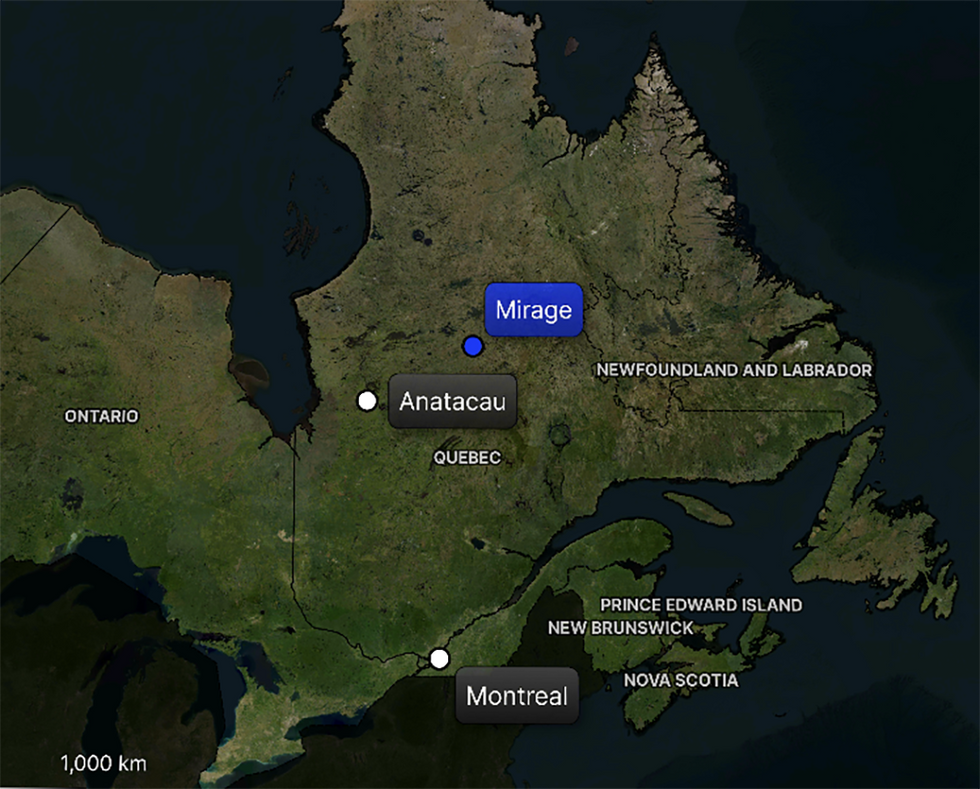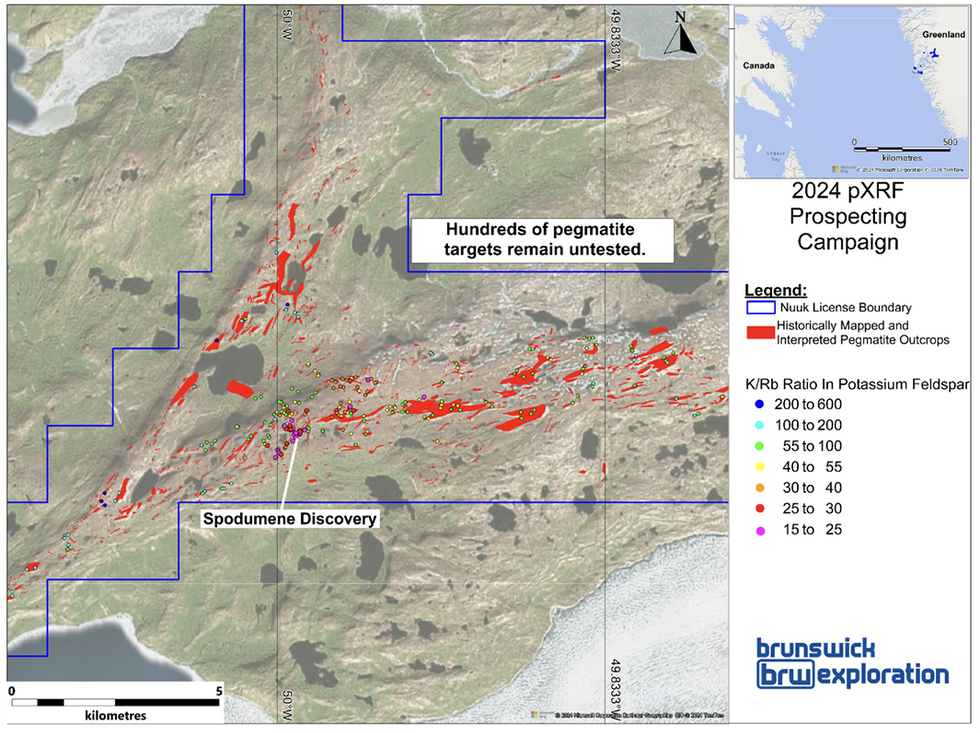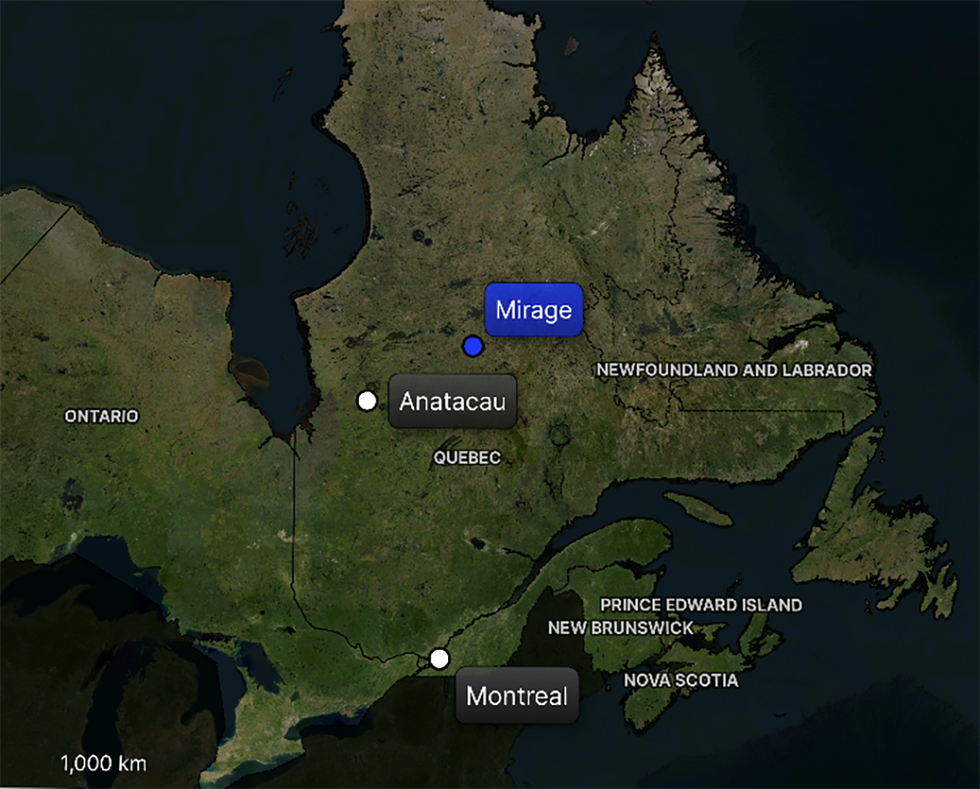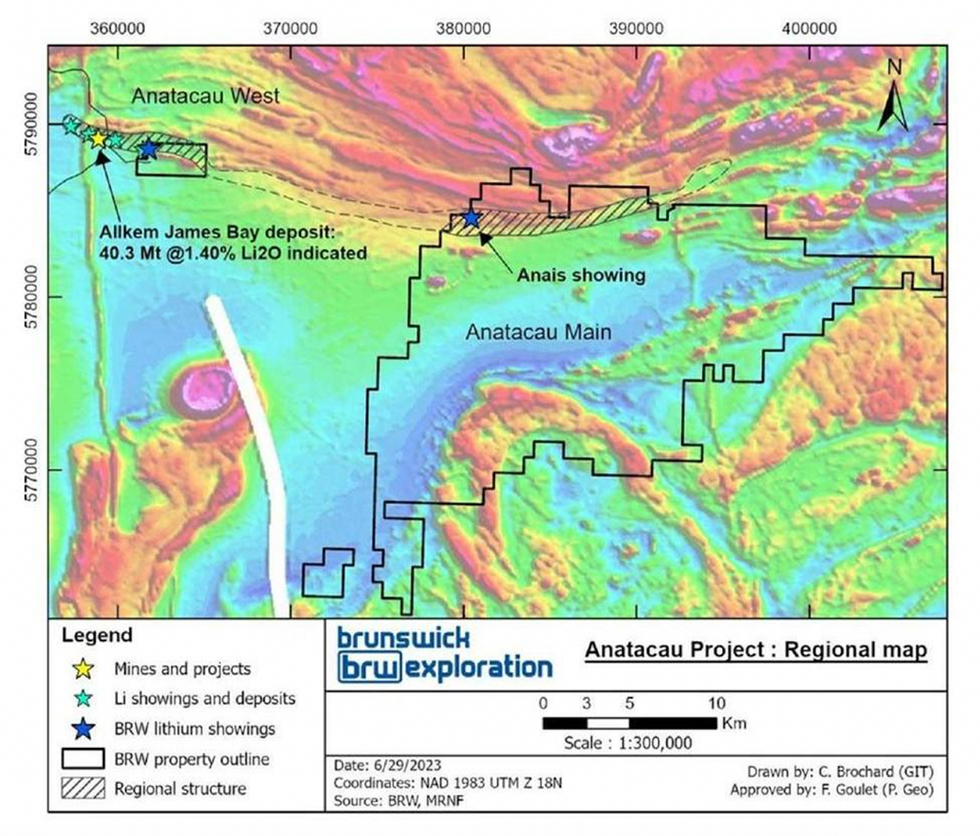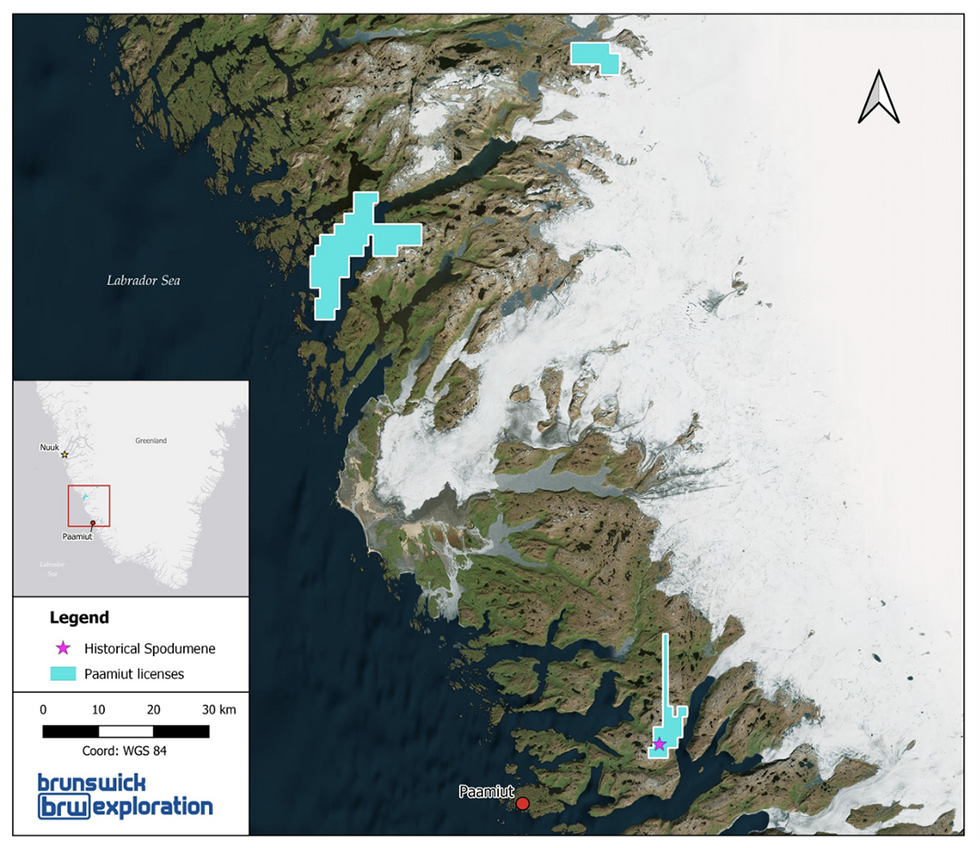All amounts expressed in US dollars
Barrick Gold Corporation (NYSE:GOLD)(TSX:ABX) announced today that the Porgera mine in Papua New Guinea (PNG) is set to resume operations later this month and is expected to start pouring gold again in the first quarter of 2024.
This follows the satisfaction of the conditions to the Porgera Project Commencement Agreement, in which a new ownership structure was agreed.
Barrick president and chief executive Mark Bristow said the reopening of the mine represented another victory for the company's host-country partnership model which had been very successful in Tanzania and had also been adopted for its new Reko Diq copper and gold project in Pakistan.
"It's been a long journey but in the process we have secured the buy-in of all the stakeholders and we look forward to steering the mine back to world-class production. It undoubtedly has the potential to join our Tier One 1 gold mine portfolio, the largest of its kind in the industry," he said.
The equity in New Porgera is shared 51% by PNG stakeholders, including local landowners and the Enga provincial government, and 49% by Barrick Niugini Limited (BNL), a joint venture between Barrick and Zijin of China. BNL will operate the mine. The PNG shareholders will receive 53% of Porgera's overall economic benefits. At an assumed gold price of $1,800 per ounce, this is expected to amount to more than $7 billion over the mine's projected 20-year life.
Speaking at the PNG Resources & Energy Investment Conference in Sydney, Australia, today, prime minister James Marape hailed the revival of a major contributor to the country's economy. The partnership structure gives PNG stakeholders a majority interest in a key resource for the first time.
Enquiries:
Investor and Media Relations
Kathy du Plessis
+44 20 7557 7738
Email: barrick@dpapr.com
Website: www.barrick.com
Endnote:
- A Tier One Gold Asset is an asset with a $1,300/oz reserve potential to deliver a minimum 10-year life, annual production of at least 500,000 ounces of gold and with all-in sustaining costs per ounce in the lower half of the industry cost curve.
Cautionary Statement on Forward-Looking Information
Certain information contained or incorporated by reference in this press release, including any information as to our strategy, projects, plans or future financial or operating performance, constitutes "forward-looking statements". All statements, other than statements of historical fact, are forward-looking statements. The words "set", "expect", "follows", "potential", "secure", "steer", "will", "create", "project", "look forward" and similar expressions identify forward-looking statements. In particular, this press release contains forward-looking statements including, without limitation, with respect to: progress toward the resumption of operations at the Porgera mine under the Porgera Project Commencement Agreement and the potential to resume operations at Porgera by the end of 2023 and pour gold by the first quarter of 2024; the potential for Porgera to achieve Tier One status in Barrick's gold mine portfolio; forecasted production from the Porgera mine and the sharing of projected economic benefits from Porgera with PNG stakeholders under the new equity ownership structure; the success of Barrick's host-country partnership model in Papua New Guinea; Barrick's future plans, growth potential, financial strength, investments and overall strategy; and expectations regarding future price assumptions, financial performance, shareholder returns, life of mine and other outlook or guidance.
Forward-looking statements are necessarily based upon a number of estimates and assumptions including material estimates and assumptions related to the factors set forth below that, while considered reasonable by the Company as at the date of this press release in light of management's experience and perception of current conditions and expected developments, are inherently subject to significant business, economic and competitive uncertainties and contingencies. Known and unknown factors could cause actual results to differ materially from those projected in the forward-looking statements and undue reliance should not be placed on such statements and information. Such factors include, but are not limited to: fluctuations in the spot and forward price of gold, copper or certain other commodities (such as silver, diesel fuel, natural gas and electricity); risks associated with projects in the early stages of evaluation and for which additional engineering and other analysis is required; the timeline to implement the Commencement Agreement between Papua New Guinea and BNL; the duration of the temporary suspension of operations at Porgera, the conditions for the reopening of the mine and the timeline to recommence operations; risks related to the possibility that future exploration results will not be consistent with the Company's expectations, that quantities or grades of reserves will be diminished, and that resources may not be converted to reserves; changes in mineral production performance, exploitation and exploration successes; risks that exploration data may be incomplete and considerable additional work may be required to complete further evaluation, including but not limited to drilling, engineering and socioeconomic studies and investment; lack of certainty with respect to foreign legal systems, corruption and other factors that are inconsistent with the rule of law in Papua New Guinea; changes in national and local government legislation, taxation, controls or regulations and/or changes in the administration of laws, policies and practices; expropriation or nationalization of property and political or economic developments in Papua New Guinea or other countries in which Barrick does or may carry on business in the future; non-renewal of key licenses by governmental authorities; failure to comply with environmental and health and safety laws and regulations; contests over title to properties, particularly title to undeveloped properties, or over access to water, power and other required infrastructure; the liability associated with risks and hazards in the mining industry, and the ability to maintain insurance to cover such losses; increased costs and physical risks, including extreme weather events and resource shortages, related to climate change; damage to the Company's reputation due to the actual or perceived occurrence of any number of events, including negative publicity with respect to the Company's handling of environmental matters or dealings with community groups, whether true or not; litigation and legal and administrative proceedings; operating or technical difficulties in connection with mining or development activities, including geotechnical challenges, tailings dam and storage facilities failures, and disruptions in the maintenance or provision of required infrastructure and information technology systems; increased costs, delays, suspensions and technical challenges associated with the construction of capital projects; risks associated with working with partners in jointly controlled assets; risks related to disruption of supply routes which may cause delays in construction and mining activities, including disruptions in the supply of key mining inputs due to the invasion of Ukraine by Russia; risk of loss due to acts of war, terrorism, sabotage and civil disturbances; risks associated with artisanal and illegal mining; risks associated with Barrick's infrastructure, information technology systems and the implementation of Barrick's technological initiatives; the impact of inflation, including global inflationary pressures driven by supply chain disruptions caused by the ongoing Covid-19 pandemic and global energy cost increases following the invasion of Ukraine by Russia; the ability of management to implement its business strategy and enhanced political risk in certain jurisdictions; uncertainty whether some or all of Barrick's targeted investments and projects will meet the Company's capital allocation objectives and internal hurdle rate; employee relations including loss of key employees; availability and increased costs associated with mining inputs and labor; and risks associated with diseases, epidemics and pandemics, including the effects and potential effects of the global Covid-19 pandemic.
Many of these uncertainties and contingencies can affect our actual results and could cause actual results to differ materially from those expressed or implied in any forward-looking statements made by, or on behalf of, us. Readers are cautioned that forward-looking statements are not guarantees of future performance. All of the forward-looking statements made in this press release are qualified by these cautionary statements. Specific reference is made to the most recent Form 40-F/Annual Information Form on file with the SEC and Canadian provincial securities regulatory authorities for a more detailed discussion of some of the factors underlying forward-looking statements and the risks that may affect Barrick's ability to achieve the expectations set forth in the forward-looking statements contained in this press release.
We disclaim any intention or obligation to update or revise any forward-looking statements whether as a result of new information, future events or otherwise, except as required by applicable law.

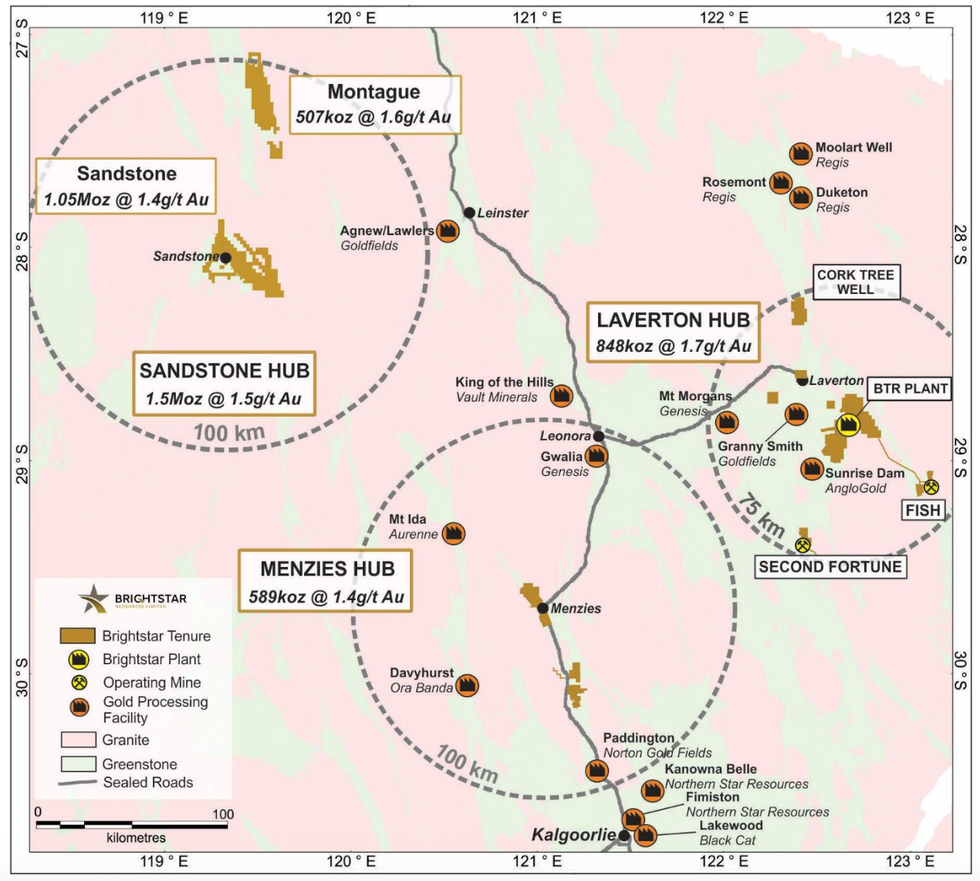

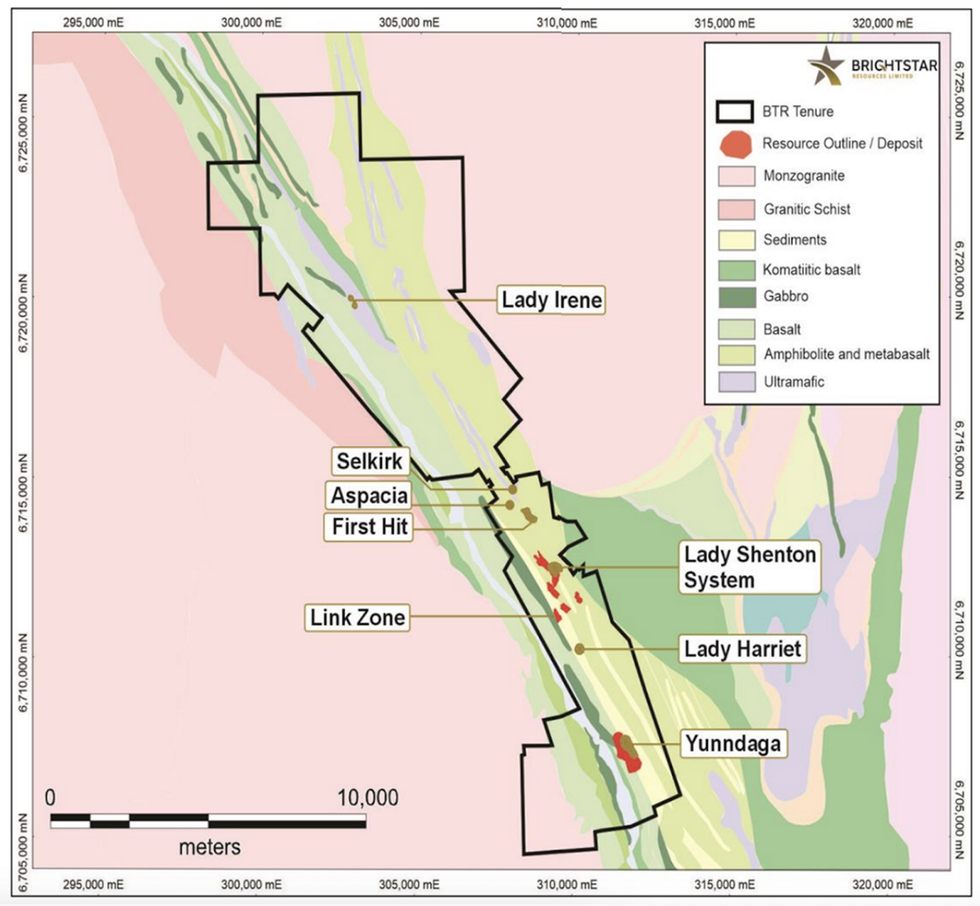
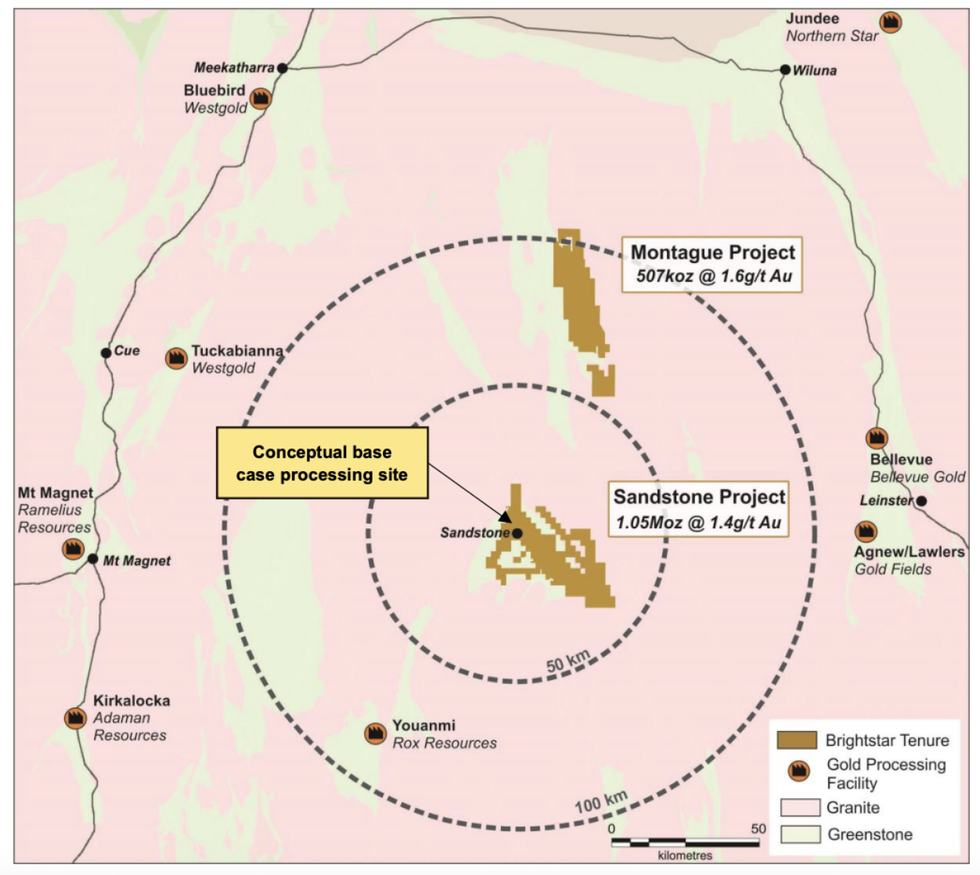

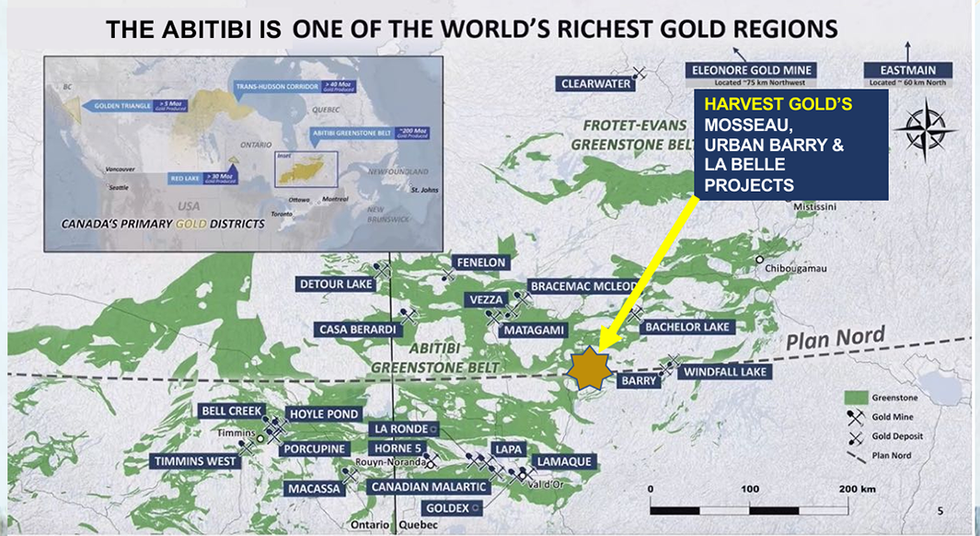

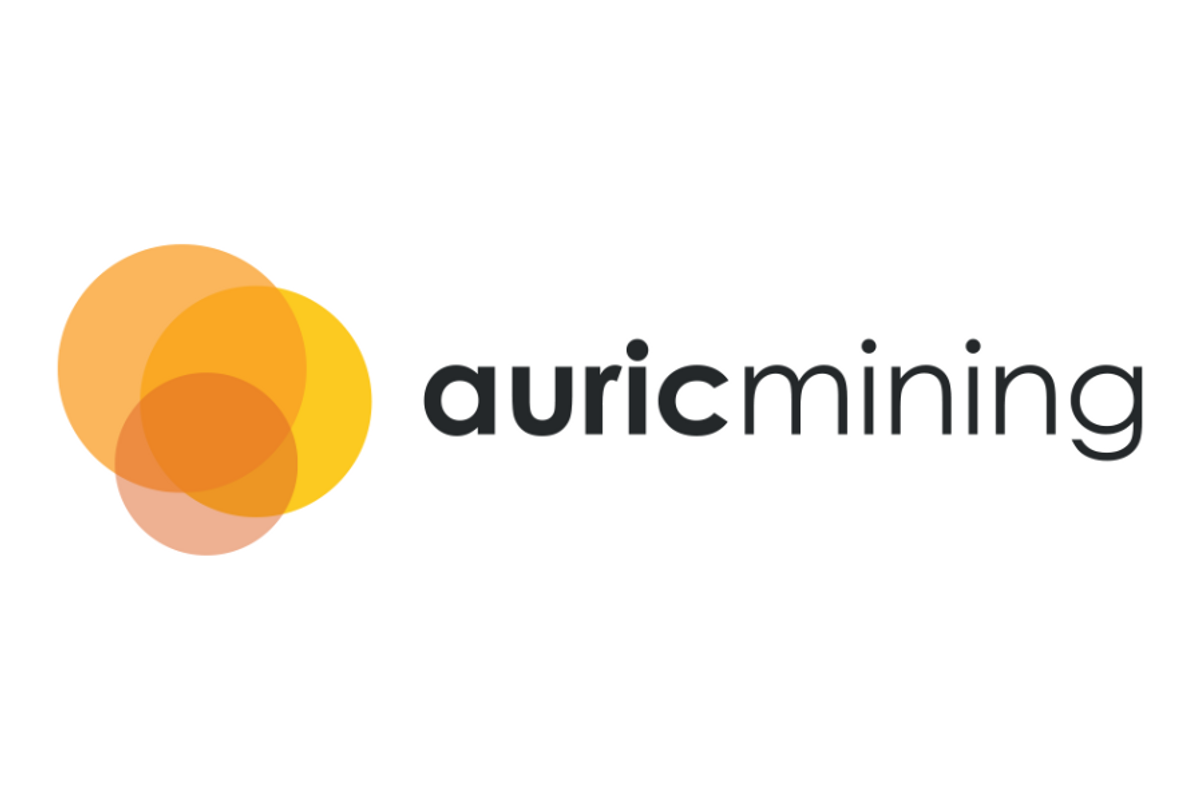
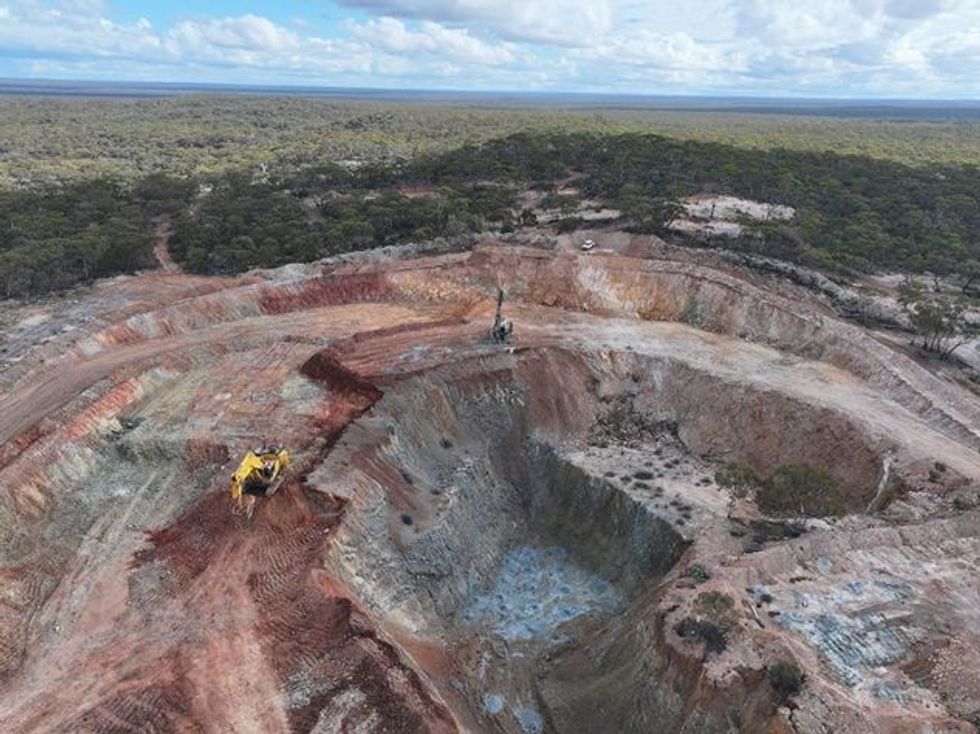 Photo 1: Munda Pit. Photo: 21 May 2025.
Photo 1: Munda Pit. Photo: 21 May 2025.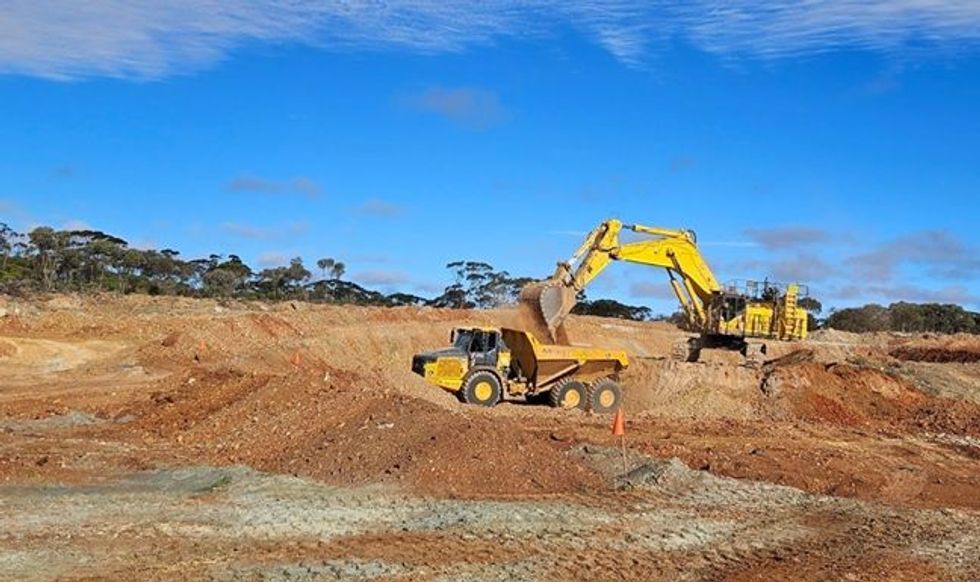 Photo 2: Digging at Munda. Photo: 31 May 2025.
Photo 2: Digging at Munda. Photo: 31 May 2025.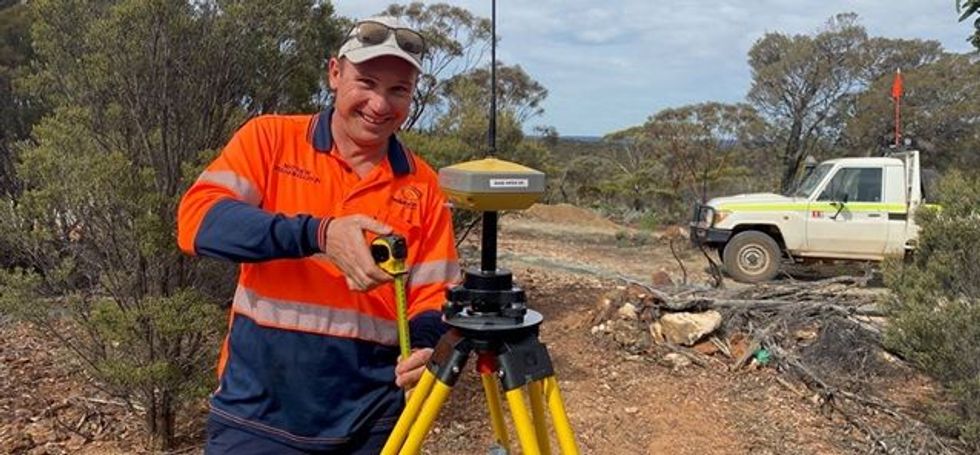 Photo 3: Matthew setting up base station. Photo: 15 June 2025.
Photo 3: Matthew setting up base station. Photo: 15 June 2025.
